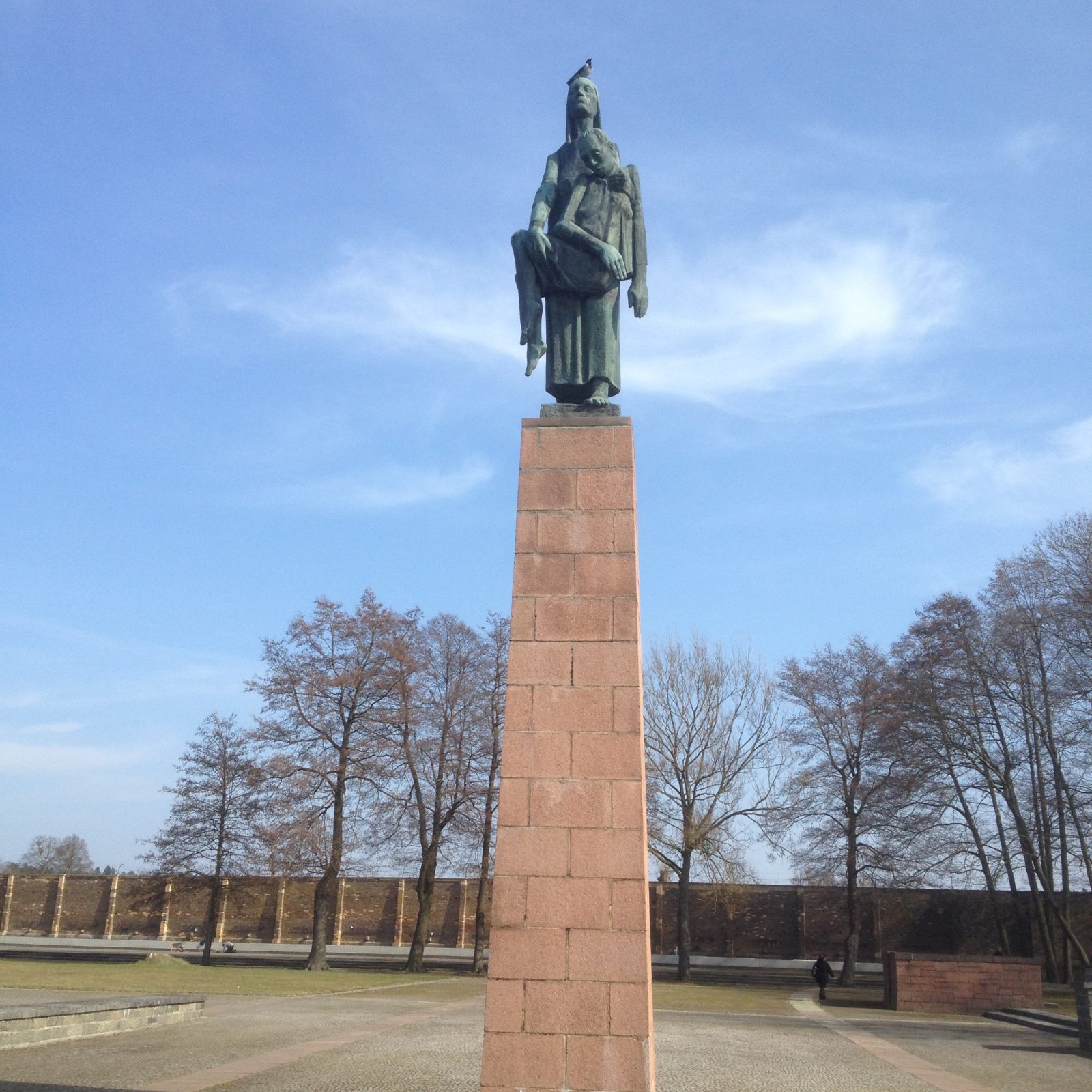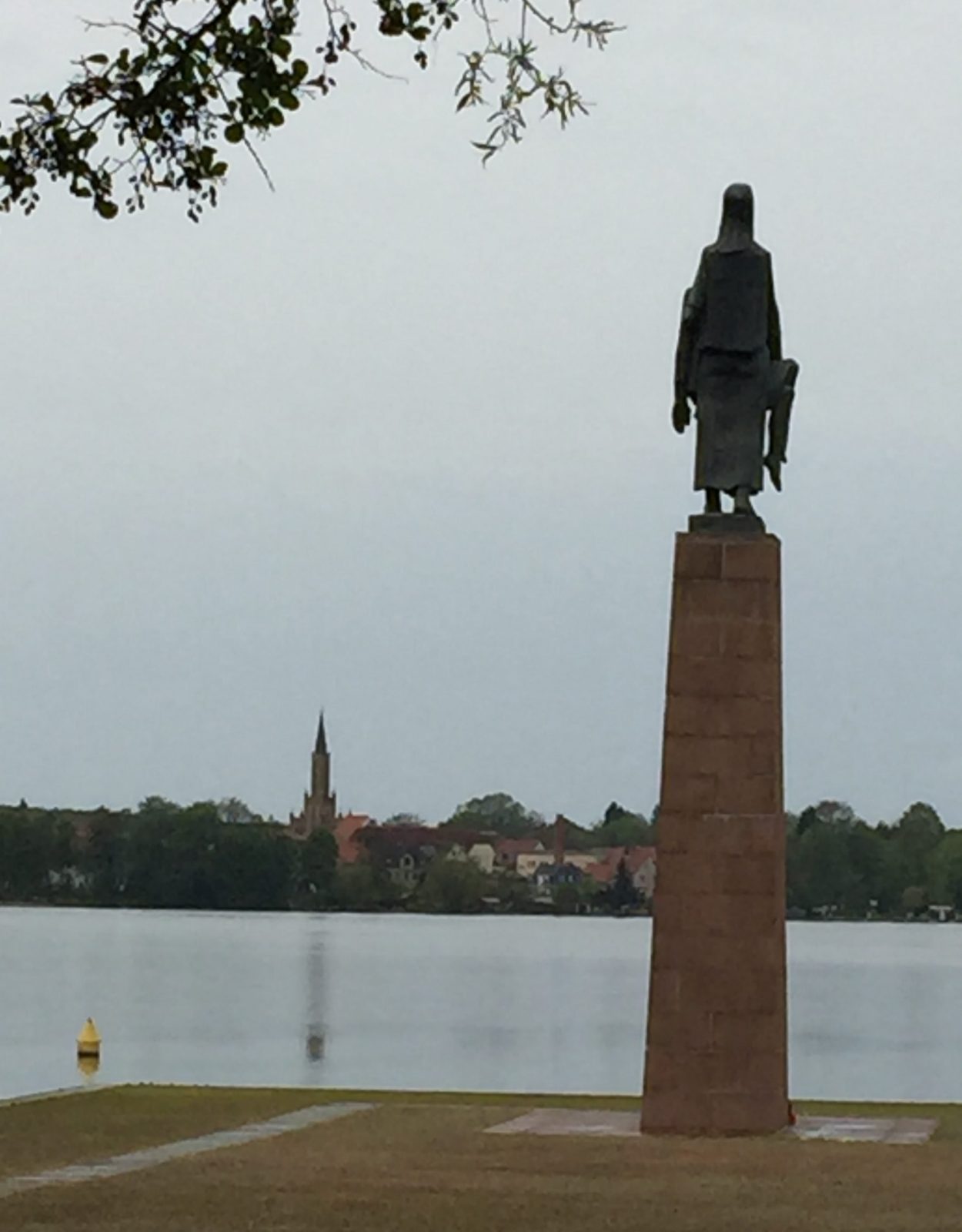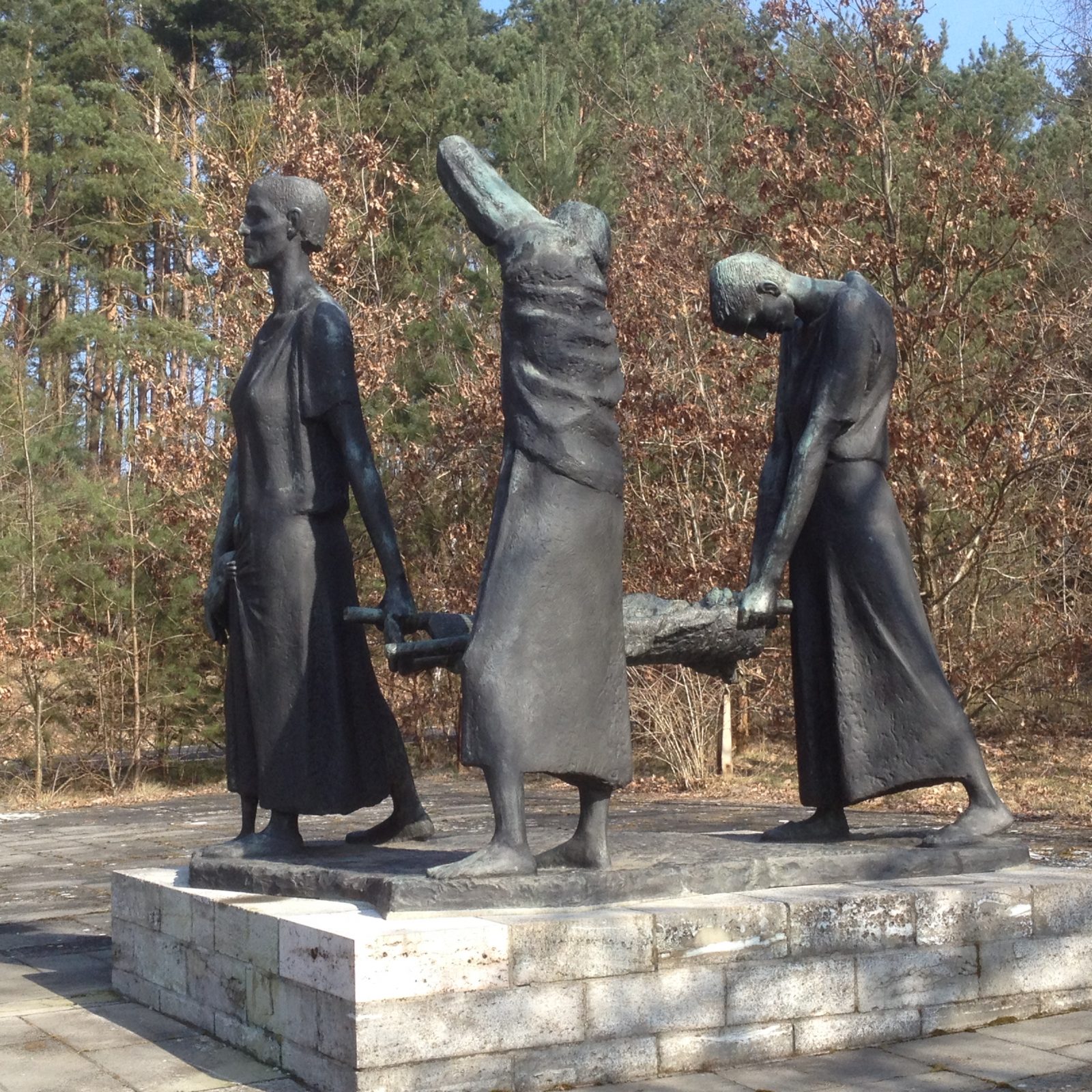
About an hour north on the Regional 1 train out of Berlin brings you to a beautiful German town called Fürstenberg an der Havel (Furstenberg, on the river Havel). Just a short distance to the northeast of Fürstenberg, a 3- to 4-kilometer walk from the train station around a swelling in the Havel called Lake Schwedtsee, sits Ravensbrück Concentration Camp. Ravensbrück was distinct as the only major German-based concentration camp set up exclusively for women prisoners (near the end of the war, the camp was expanded to include a men’s section). In all other respects, it was a typical Nazi concentration camp – although perhaps not as well referenced as Dachau, Buchenwald, or Sachsenhausen, it, like all of the others camps, featured unbelievably brutal living conditions and forced labor; life there was just as cheap as in any of the other German camps. If you are familiar with the story of Betsy and Corrie Ten Boom (as described in books like “The Hiding Place”), this is the camp in which Betsy died, and from which Corrie was released.
Just outside the camp, where the perimeter wall runs parallel with the shores of the Schwedtsee, sits a memorial to those who suffered so terribly at this place. Positioned atop of a tall stone stele is a scaled-up version of a sculpture entitled, Tragende or “Woman with Burden”. (See the picture to the right.) It is a drab and despairing image. When viewed from the front, with the dark and featureless blocks of the camp wall running across the background, it well captures the hopelessness of that place.

If you walk around behind the memorial and look at it from the other direction however, the Tragende, now in the foreground, sits in front of the picturesque town of Fürstenberg, complete with quaint houses and skyward-pointed steeple, resting ever so gracefully on the opposite bank of this slight and idyllic German lake. What was at least a consistent, albeit disturbing, composition when viewed from the front, now seems to be grotesquely inconsistent; it is an unsettling and rather disturbing alignment. How could these two items inhabit the same visual space? How could the beautiful and the broken be so intimately adjoined?
As I stood there taking in this perverse pairing, being gripped by a flurry of thoughts and emotions, I was reminded of Augustine’s commentary of the nature of evil. He was perhaps the first to argue that evil is not a thing unto itself, but is rather wholly dependent upon good for its existence. As shadow is to light, you have to have the one before the other can even become a potential. Good and evil, argues Augustine, are not to be understood as opposing forces, each with its own independent composition and nature. Rather, evil gains potential only because of the pre-existence of good. This argument has always struck me as an important observation on the very nature of evil. It is a dependent entity; a corruption of a good. If this is true, then it should not surprise us to find the worst examples of evil cozied-up nice and close to that which is good. This is where it lives. Goodness is what evil needs to exist.
However, it comes natural for us to think of the nature of good and evil as each being separate entities and sitting at polar ends of a moral continuum, with a set of gradations falling in between. Moreover, we understand our chore as moral agents to be about making behavioral choices that move us closer and closer to the good end of the continuum. We convince ourselves that as we gain prestige, reputation, and social position because of our demonstrated goodness, we inch ourselves further and further away from the evil end of the continuum, creating an ever-increasing buffer between our realized good selves and that which we could have become had we made different moral choices; that which some other people sure have become because of their poor moral choices.

However, is this an accurate description of the moral landscape? If evil is indeed parasitic of the good, and if our natural understanding of it is wrongly constructed, perhaps the disharmonious scene at Ravensbrück can actually be a helpful one, reminding us that the possibility of evil is ever-present; and that the gained trust of others only serves to ratchet up the moral stakes of our actions. Perhaps it is a needful reminder that the most notorious evils committed – those requiring the total trust and dependence of others – are often cloaked in and surrounded by oh so much goodness. After all, is not the person who always tells the truth the one who could most benefit from proffering a lie? The one who is most trusted is the one who could do the most harm through betrayal. Would Larry Nasser, the infamous doctor for USA Gymnastics, had been able to abuse to the degree he did if he was not first found to be eminently trustworthy? How important was the squeaky-clean image of Bill Cosby or the perceived spiritual-uprightness of abusive pastors and priests to the propagation of their crimes? Et tu Brute?
In Germany, it was the confidence that this society has historically placed in the academy and the scientific enterprise that cajoled so many of its citizens to blindly subscribe to the dictates of the leaders of these institutions, and, in so doing, become a party to the horrors of the holocaust. Here is a scary thought – might the elevated trust in leadership actually have served to better cultivate the conditions for these evils to take place? Unlike the continuum idea, Augustine’s understanding of evil reminds us that it is a perennial component of the human condition; the increased brightness of goodness’s light only serving to better hide the potential for evil’s shadows.
I have been back to Ravensbrück several times now – and each time I find myself pulled outside the camp walls to that memorial on the banks of the Schwedtsee to consider once again this jarring juxtaposition. It is for me a poignant representation of the parasitic nature of evil, and a reminder to be careful to place my trust in found truth, and not to blindly presume truth in found trust.

“If only it were all so simple! If only there were evil people somewhere insidiously committing evil deeds, and it were necessary only to separate them from the rest of us and destroy them. But the line dividing good and evil cuts through the heart of every human being. And who is willing to destroy a piece of his own heart?
During the life of any heart this line keeps changing place; sometimes it is squeezed one way by exuberant evil and sometimes it shifts to allow enough space for good to flourish. One and the same human being is, at various ages, under various circumstances, a totally different human being. At times he is close to being a devil, at times to sainthood. But his name doesn’t change and to that name we ascribe the whole lot, good and evil.” (Aleksandr Solzhenitsyn, The Gulag Archipelago 1918 – 1956)